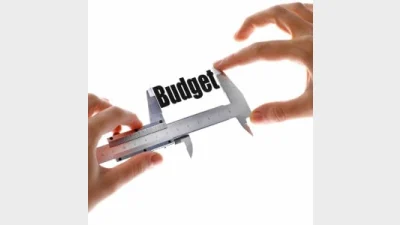Business spending highest in three years



Australian businesses are spending at an all-time high in May since 2012 suggesting small businesses are responding to the Federal Budget's stimulus, according to the Commonwealth Bank of Australia (CBA).
The bank's latest business sales indicator (BSI) report found the business services sector, including businesses such as office furniture, commercial equipment, electrical parts and computers, and computer equipment and software, recorded a spending growth of 1.9 per cent in May, the biggest rise since May 2012.
The BSI also found annual sales growth stood at 7.5 per cent, well above the decade average of 5.3 per cent.
CBA executive general manager for local business banking, Claire Roberts, said the growth sales indicated that businesses and consumers are feeling confident about spending off the back of the Federal Budget.
"However, conditions can differ in particular industries and regions, so it's essential that businesses continue to plan for fluctuations in sales," she said.
Commsec's chief economist, Craig James, said the consumer spending rise was thanks to low interest rates, a firmer job markets, and improving economic outlook.
However, the BSI found spending in Airlines, and mail order/telephone order providers fell. May's strongest sectors were Government services (up 3.1 per cent), amusement and entertainment (up 2.8 per cent), and business services (up by 1.9 per cent).
Recommended for you
ASIC has released the results of the latest financial adviser exam, held in November 2025.
Winners have been announced for this year's ifa Excellence Awards, hosted by Money Management's sister brand ifa.
Adviser exits have reported their biggest loss since June this week, according to Padua Wealth Data, kicking off what is set to be a difficult December for the industry.
Financial advisers often find themselves taking on the dual role of adviser and business owner but a managing director has suggested this leads only to subpar outcomes.










